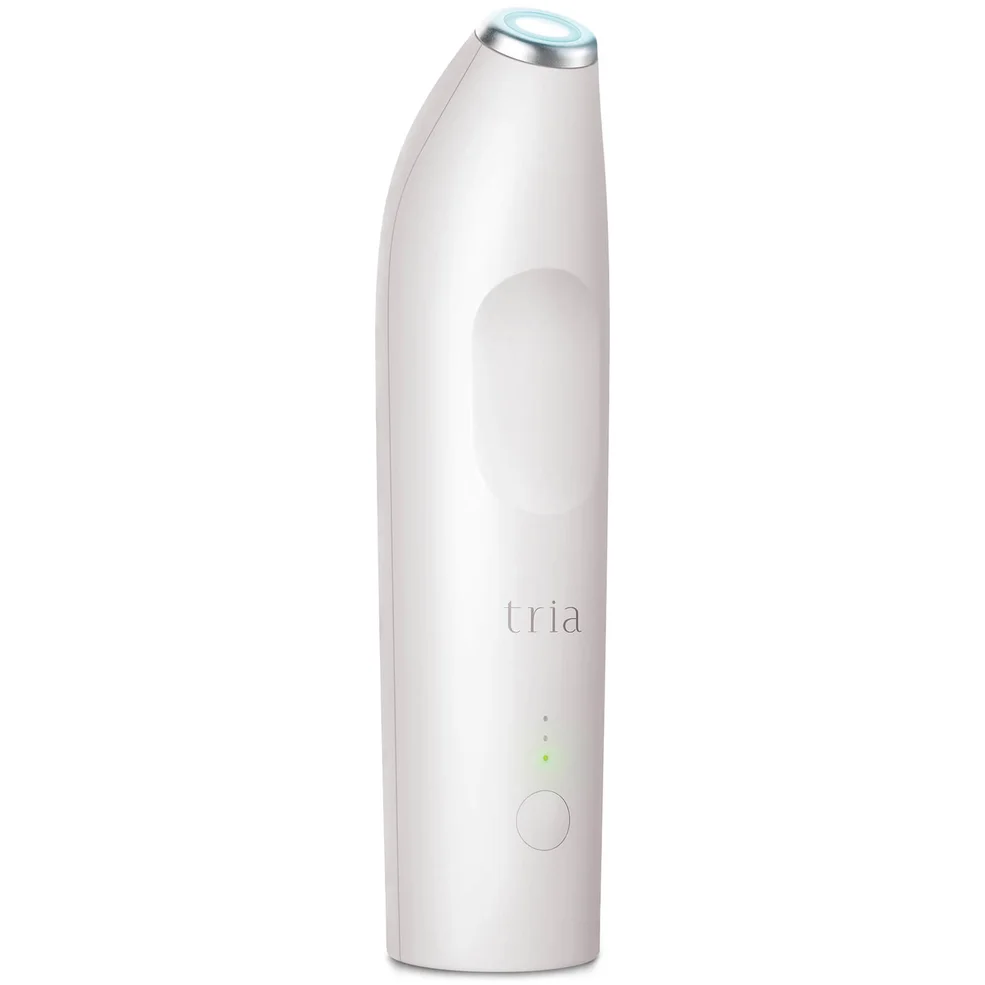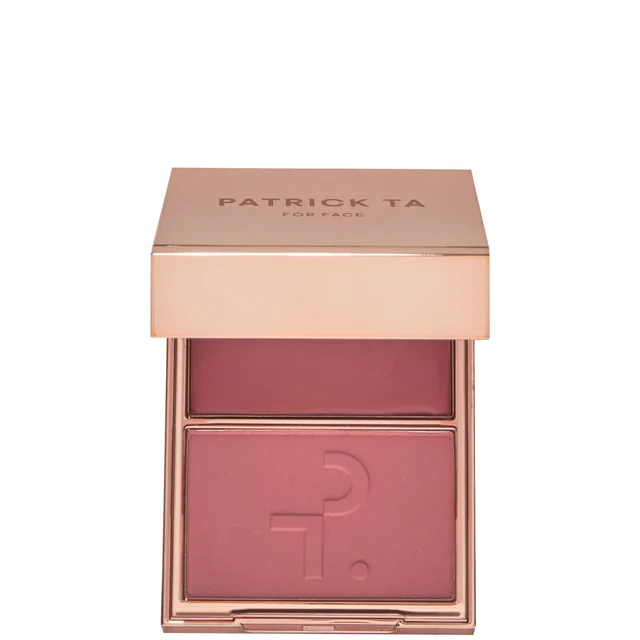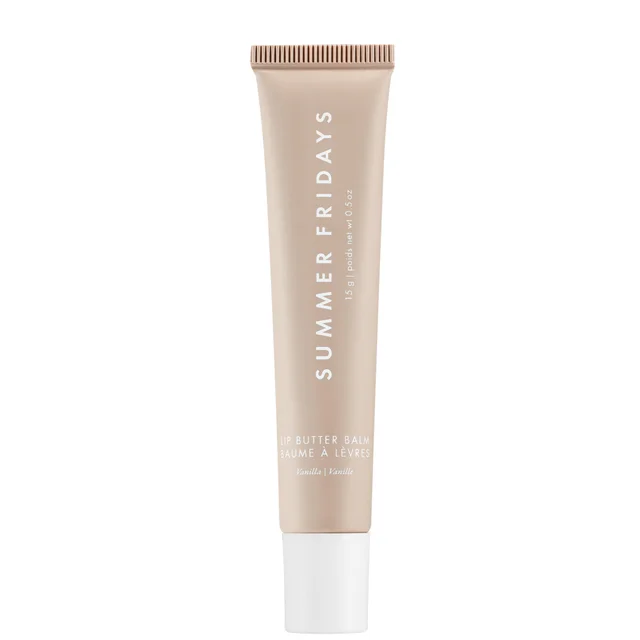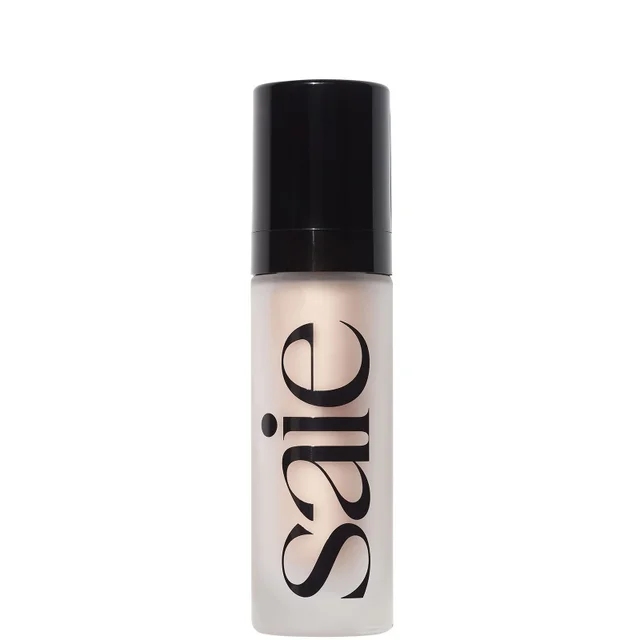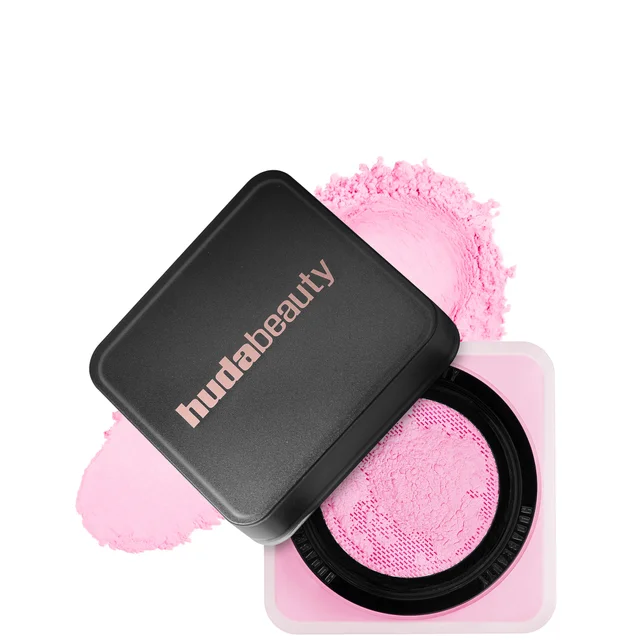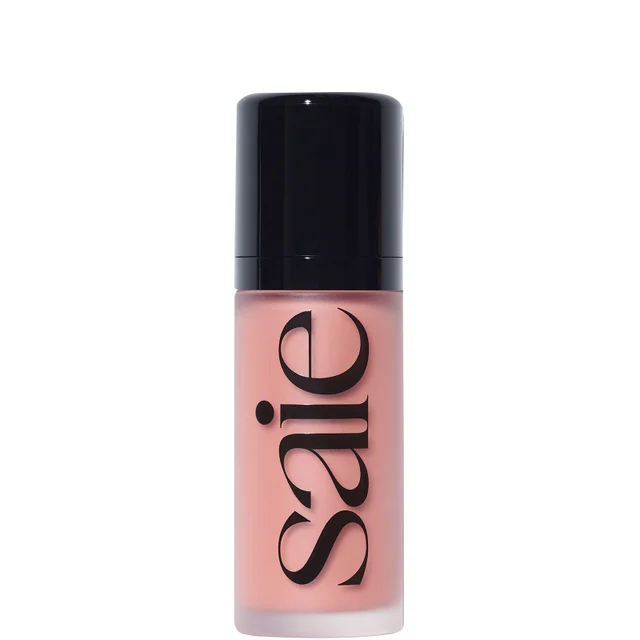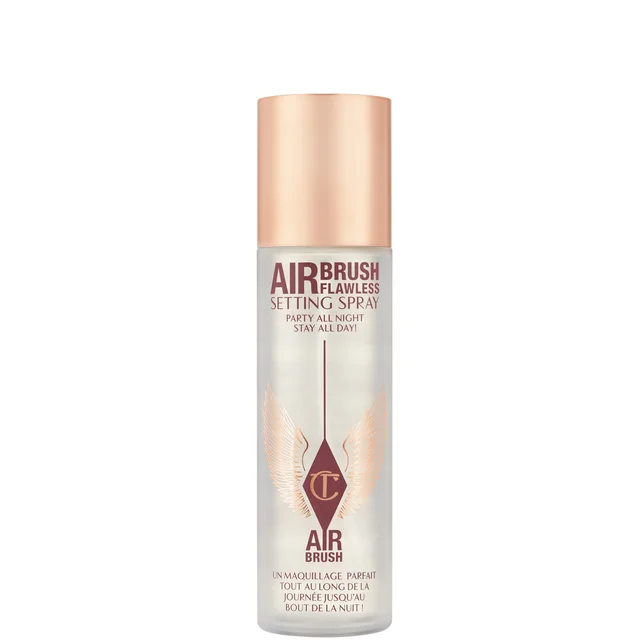Tria Hair Removal Laser Precision - Dove
You'll earn 270 Status Points with this product
270.00€
Sold out
Please Note: Supplied with a UK three pin plug only.
1 x hand-held Tria Hair Removal Precision (charge time 120 minutes, usage time 15 minutes), 1 x battery charger, 1 x user guide & 1 x 'Quick Start' guide.
For the latest information, it is recommended to review the ingredient list printed on the packaging of the product prior to usage or consumption.
Frequently Bought Together

This item
Tria Hair Removal Laser Precision - Dove
270.00€
Other Customers Bought
Customer Reviews
5 stars rating 1 reviews
4 stars rating 0 reviews
3 stars rating 0 reviews
2 stars rating 0 reviews
1 stars rating 0 reviews
Top Customer Reviews
Thanks for sharing your thoughts! Please remember that results will vary from person to person. We're proud to say that all customer reviews are independent, authentic and do not represent the views of Cult Beauty or The Hut Group.
Excellent
This laser epilator made it possible to remove hair even in hard-to-reach places. Now I do hair removal at home myself. I highly recommend this epilator, a proven thing.
by Lindafox
Was this helpful?
